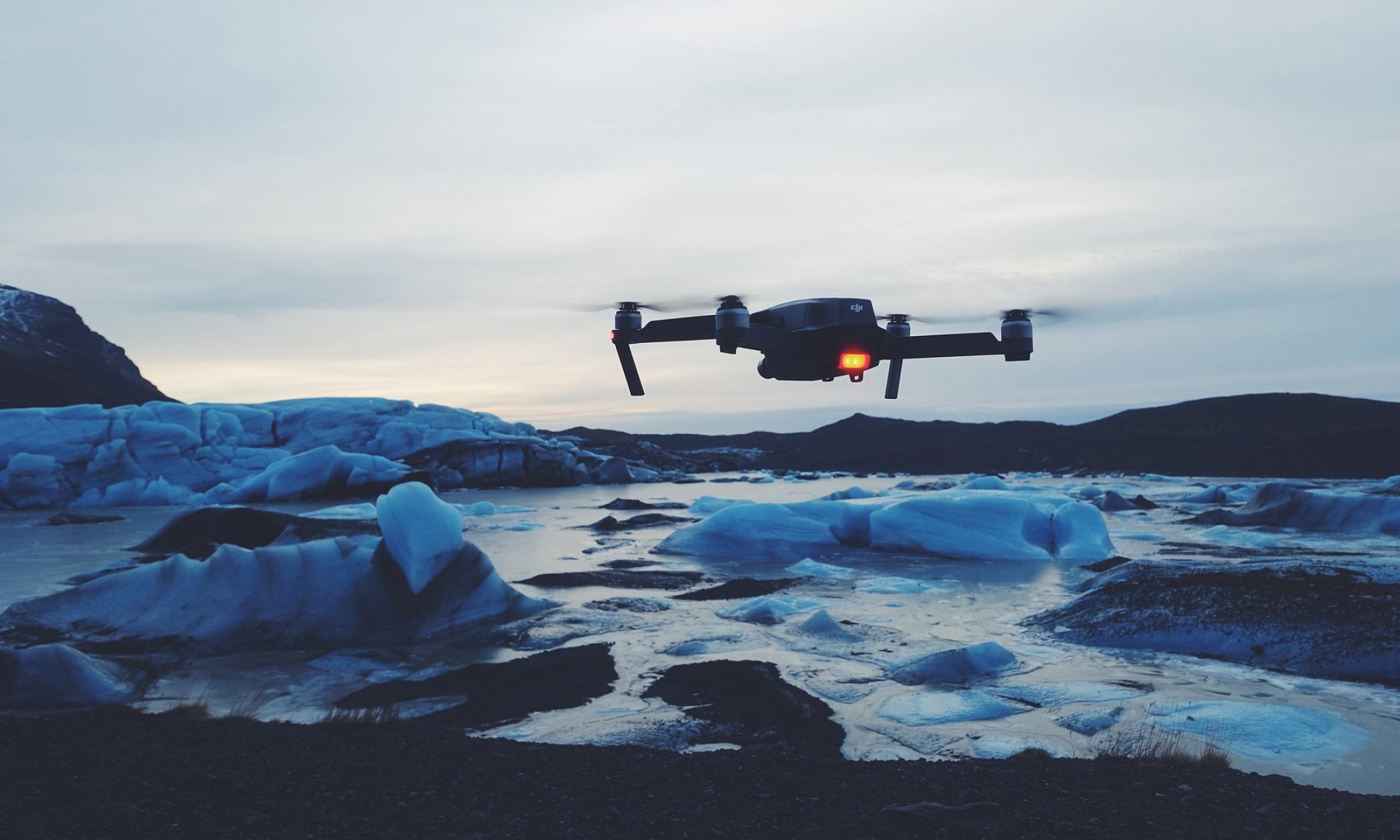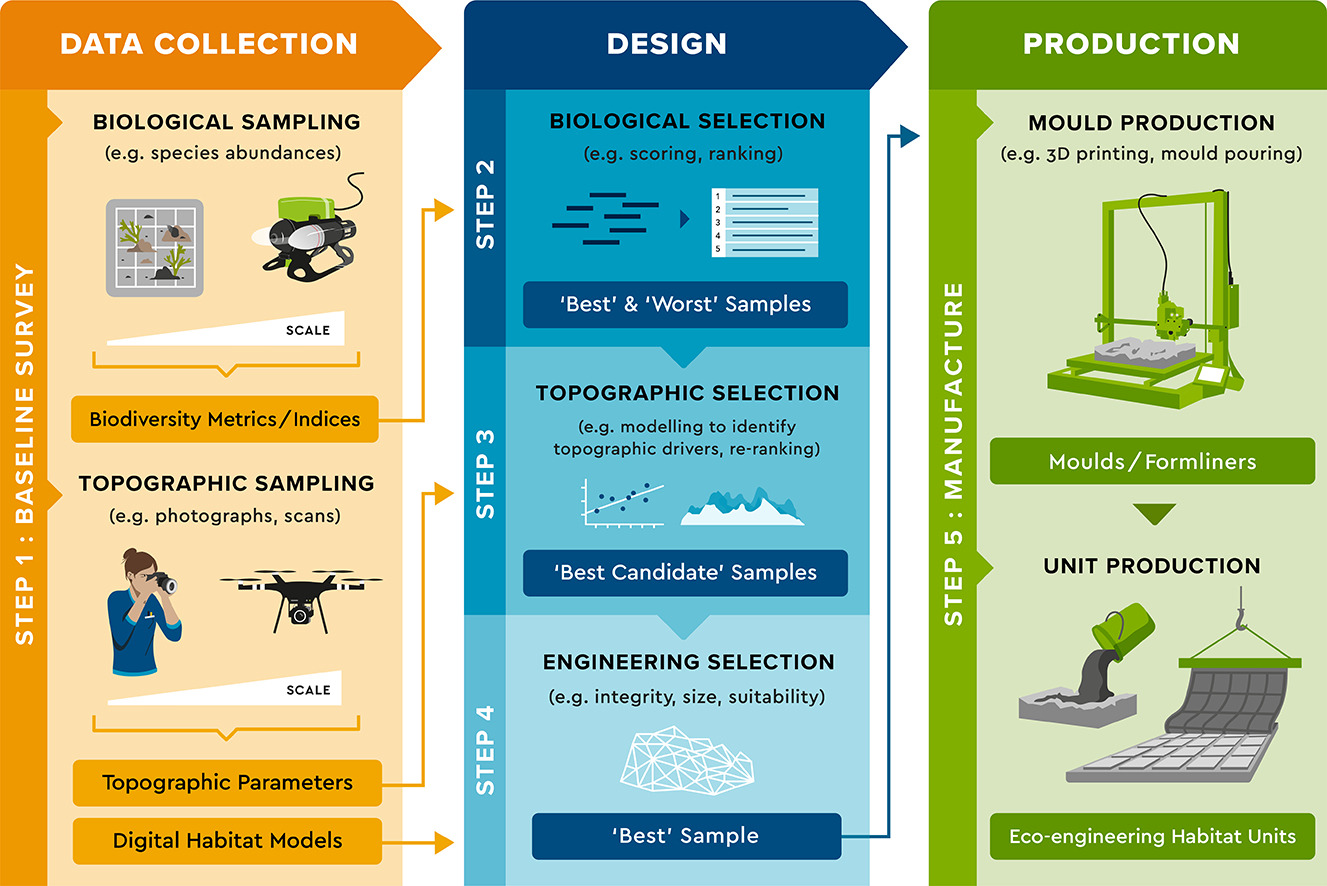Replicating natural topography on marine artificial structures – A novel approach to eco-engineering
Evans AJ, Lawrence PJ, Natanzi AS, Moore PJ, Davies AJ, Crowe TP, McNally C, Thompson B, Dozier AE, Brooks PR
Ocean sprawl is a growing threat to marine and coastal ecosystems globally, with wide-ranging consequences for natural habitats and species. Artificial structures built in the marine environment often support less diverse communities than natural rocky marine habitats because of low topographic complexity. Some structures can be eco-engineered to increase their complexity and promote biodiversity. Tried-and-tested eco-engineering approaches include building-in habitat designs to mimic features of natural reef topography that are important for biodiversity. Most designs mimic discrete microhabitat features like crevices or holes and are geometrically-simplified. Here we propose that directly replicating the full fingerprint of natural reef topography in habitat designs makes a novel addition to the growing toolkit of eco-engineering options. We developed a five-step process for designing natural topography-based eco-engineering interventions for marine artificial structures. Given that topography is highly spatially variable in rocky reef habitats, our targeted approach seeks to identify and replicate the ‘best’ types of reef topography to satisfy specific eco-engineering objectives. We demonstrate and evaluate the process by designing three natural topography-based habitat units for intertidal structures, each targeting one of three hypothetical eco-engineering objectives. The process described can be adapted and applied according to user-specific priorities. Expanding the toolkit for eco-engineering marine structures is crucial to enable ecologically-informed designs that maximise biodiversity benefits from burgeoning ocean sprawl.
[sendpaper paperurl=”2021_Evans.pdf”]
Full Citation
Evans AJ, Lawrence PJ, Natanzi AS, Moore PJ, Davies AJ, Crowe TP, McNally C, Thompson B, Dozier AE, Brooks PR (2021). Replicating natural topography on marine artificial structures – A novel approach to eco-engineering. Ecological Engineering 160, 106144


